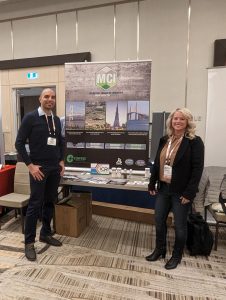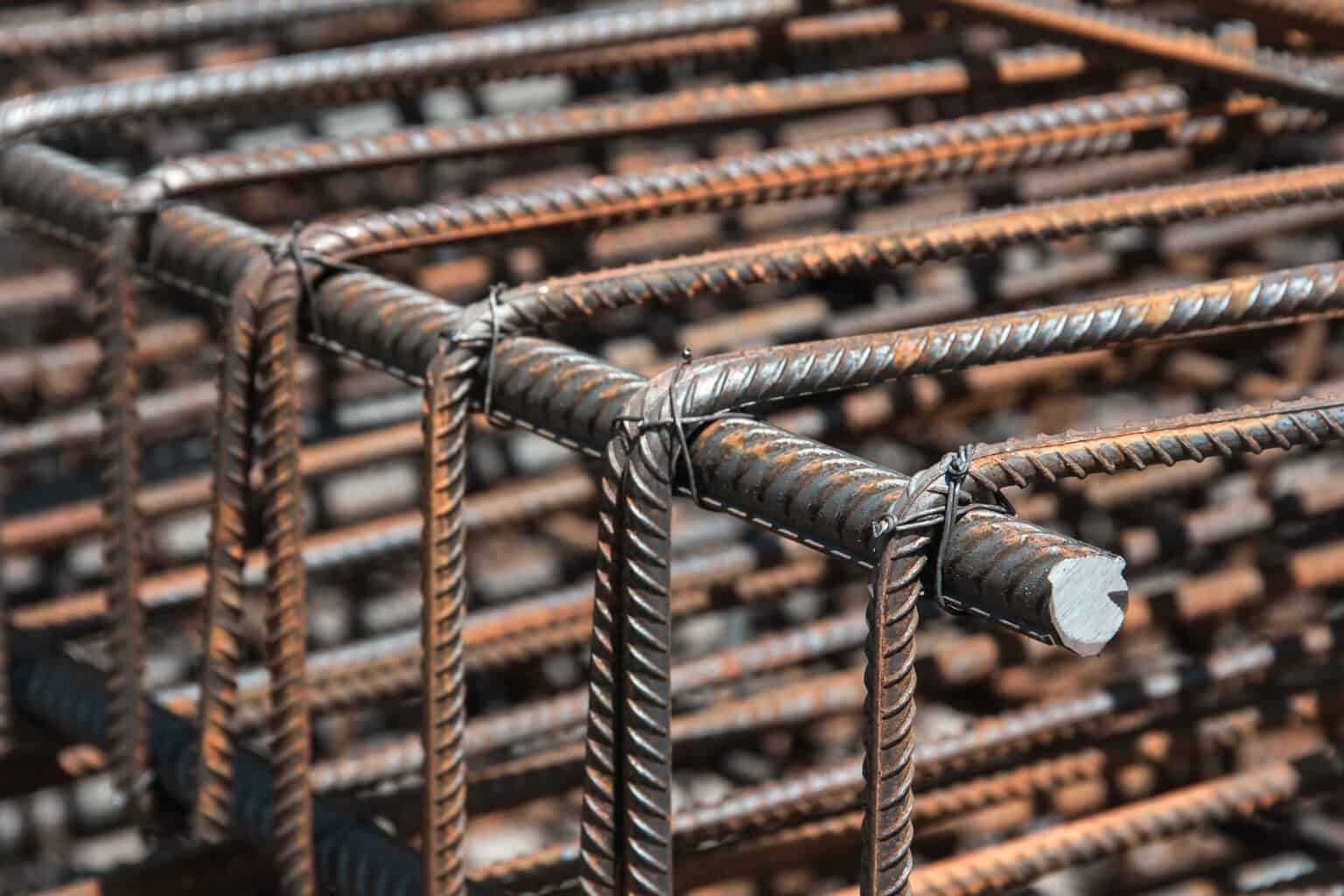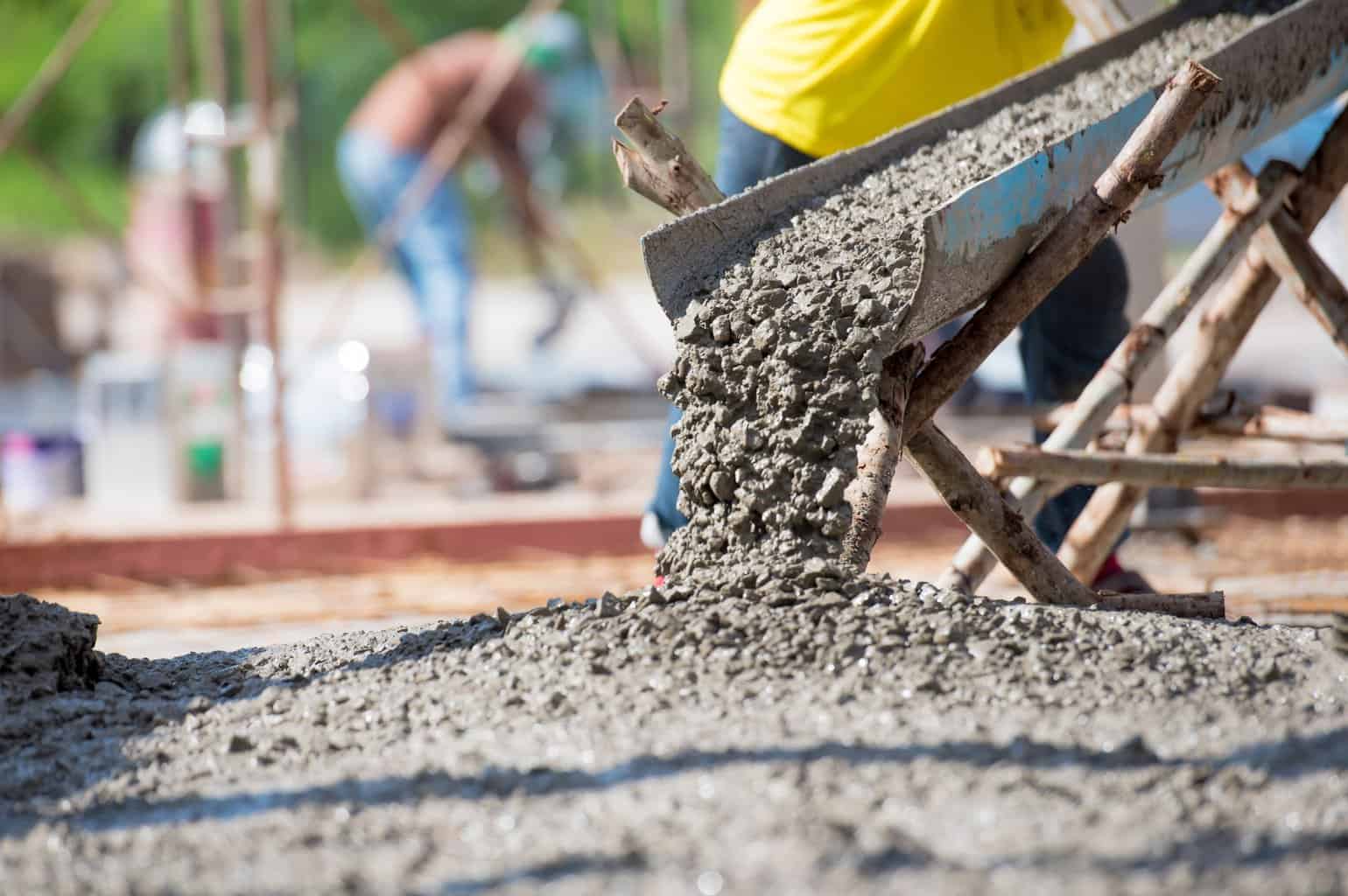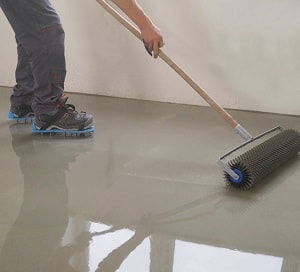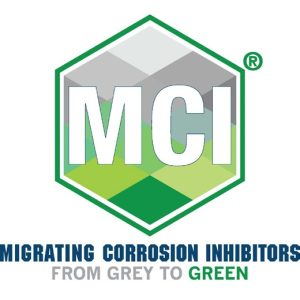
Concrete spalling happens when corrosion on embedded rebar expands so much that it causes the concrete cover to break and fall off. The only responsible response is to repair the gap and seek to slow down the corrosion process. But what are the best materials to use on the exposed rusted rebars? Here is a look at two popular options.
-
3K Bonding Agent
One commonly used product is a 3K material containing epoxy, corrosion inhibitor, and a bonding agent. These components are mixed and applied to clean metal reinforcement before the application of repair mortar. The coating works as a “glue” to bond the rebar or old concrete to the new patch material while also inhibiting corrosion on embedded reinforcement.
-
CorrVerter® MCI®
CorrVerter® MCI® Rust Primer is a single component water-based primer that converts rusted surfaces to a passive layer using a combination of chelating agents and a high solids waterborne latex with extremely low water vapor permeability. It can be applied to rusty rebar and patched with a concrete repair mortar once the primer has dried.
Some of the key differences between the two products are summarized in the following table:
| 3K Bonding Agent | CorrVerter® MCI® |
| Surface Prep | |
| Clean, rust-free surface is required; this typically means sandblasting
Sandblasting is labor-intensive and cannot clean the back of the rebar Sandblasting byproducts create an environmental concern and must be disposed of carefully |
Application to corroded surface is okay if loose rust has been brushed away
Repair mortar can be applied directly over CorrVerter® MCI®—no bonding agents required Treatment of the back of the rebar is feasible with brush application |
| Application and Disposal | |
| Three components must be mixed together and used within 1-2 hours or discarded
Two coats needed, 2-3 hours apart Workers have 8-16 hours in which they can apply repair mortar for maximum bonding effect |
One component; only needs enough mixing to ensure solids are evenly distributed
One or two coats needed; second coat can be applied after 20-30 minutes Unused material can be covered and used later Workers should wait 12-24 hours before applying patch material; minimal impact on bond strength thereafter |
While both repair methods are valid, CorrVerter® MCI® offers obvious advantages in terms of reducing waste and simplifying labor. Which do you prefer? Contact Cortec® to learn more about the CorrVerter® MCI® advantage for spalling repairs!
Keywords: concrete repair, concrete spalling, concrete repair mortar, concrete bonding agent, rust converter, Cortec, From Grey to Green, MCI, CorrVerter, rebar coating
For a PDF version please click here.

